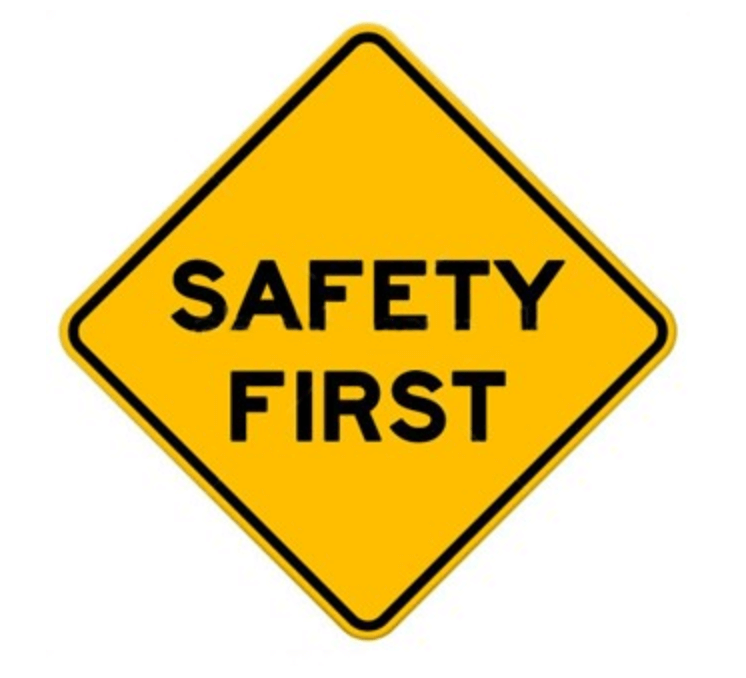No matter what industry you work in, you know that safety is paramount. There are many ways to approach safety policies, but this week we’re talking about behavior-based safety procedures.
What is behavior-based safety, you might be asking? Well, it is a natural response to any sort of hazard. It comes down to the innate safety mechanism that humans have within them, sometimes known as the flight or fight response. The problem is, that over time, an employee becomes so used to their work environment that they lose the edge off of this instinct begins to fade away.
When you become acclimated to your work environment, you no longer are proactive in scanning your surroundings for potential hazards, instead, because of familiarity, you begin putting your confidence in the machinery and equipment you use on a daily basis. While established safety protocols and procedures will help to minimize your risk, they cannot fully eliminate your risk, and so employers and employees must be prepared to react when something does go wrong.
Ultimately, behavior-based safety seeks to change an individual’s mindset, behaviors, and habits so that risky behaviors will be avoided all together. In order for a behavior-based safety method to be successful in any given work place, it is vital that workers fully understand their roles and responsibilities and that employers are providing adequate training and resources to ensure workers are operating with safety.
With this, it is also very important to create a culture of safety, which means employee buy in. One way to increase buy in is by having “on the floor” employees speak directly into the safety procedures. Since they are the ones it will be impacting the most, it is a great idea to hear first-hand what is important to them.




